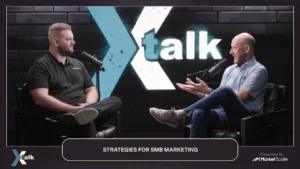The Top Essential Hardware Requirements for Edge Computing
No edge computing survival guide is complete without knowing which hardware requirements are most essential for edge computing solutions to handle massive workloads. To provide those top standards on which edge computing professionals can rely, Dustin Seetoo, Director of Product Marketing, and Kenneth Hau, Business Development for Premio, stopped by the Rugged Edge Survival Guide with 10 hardware needs for any edge deployment.
The big question is why hardware standards are so important for today’s edge computing needs. “Hardware and software have always been their own schools of thought,” Seetoo said. “If you talk to anyone in those fields, they are adamant about why it’s so important. But we’re starting to see this marrying of a relationship, and I think hardware and software will always be paired together. No matter what anyone says, I’m a true believer that hardware and software are always working together.”
Today’s sophisticated algorithm, machine-learning software is written to run on efficiently purpose-built hardware, so getting the hardware right is critical.
“A lot of specialized software that our customers use is based on specialized needs depending on whatever industry and field they’re in,” Hau said. “However, a lot of this software – they need ruggedized hardware to run on because of these specific needs.”
Some of the applications and products creating edge computing needs, like robotics, computer vision, intelligent transportation, smart surveillance and outdoor kiosks, require processing power close to these sensors. They are backed by a reliable computer running 24/7.
“Lots of times, you don’t have the ability to send a technician out there to repair anything,” Seetoo said.
Throughout the podcast, Seetoo and Hau provided 10 hardware essentials for successful edge computing implementation. The first recommendation on the list was that an edge computer should feature a fan-less design.
“The fan-less design is extending the reliability of the product,” Seetoo said. The design allows more room for processing power and data to create a computing solution that can interact with IoT sensors.
Follow us on social media for the latest updates in B2B!
Twitter – @MarketScale
Facebook – facebook.com/marketscale
LinkedIn – linkedin.com/company/marketscale








